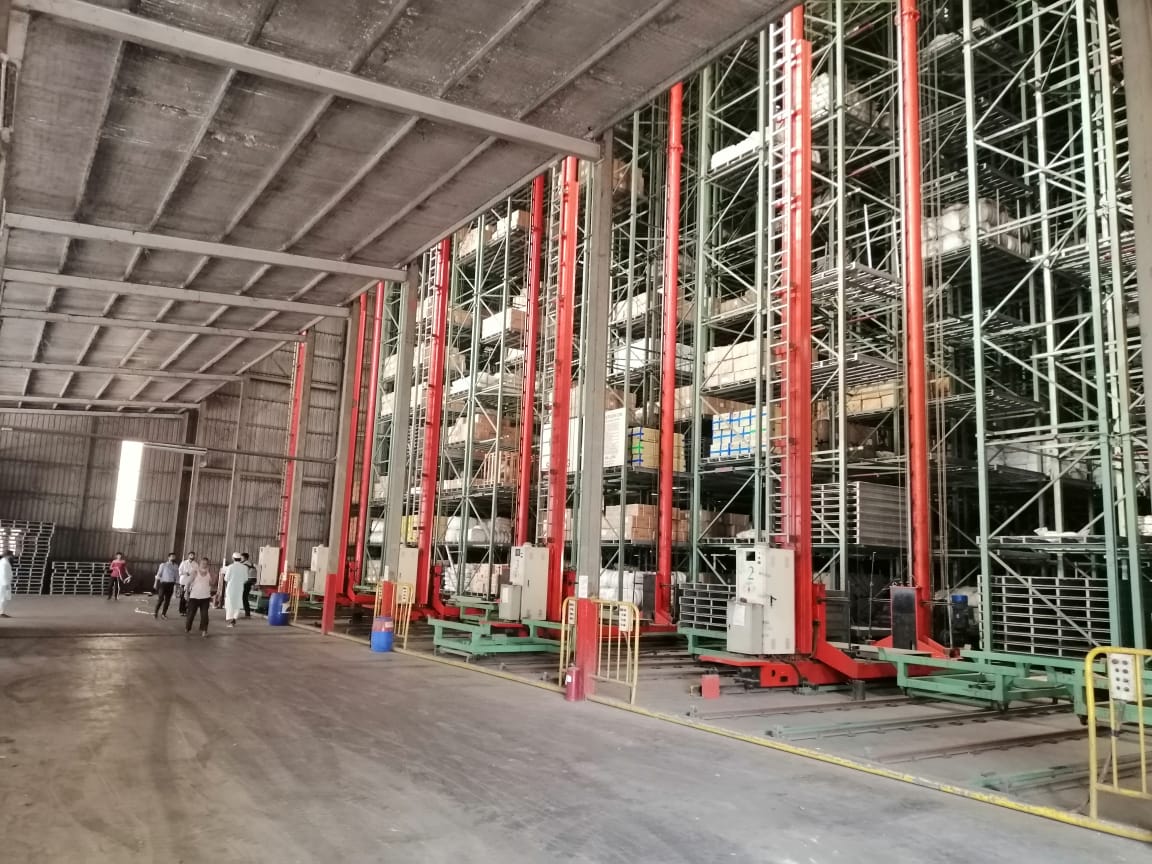Warehouse is a large building or facility used for the storage of goods and materials. Warehouses are essential components of the supply chain, providing a centralized location where products can be received, stored, and distributed. They are used by manufacturers, importers, exporters, wholesalers, transport businesses, and retailers.
Characteristics of a Warehouse:
- Storage Space: Warehouses offer vast storage space to accommodate a variety of goods and materials, often arranged on pallets, shelves, or racks.
- Inventory Management: Equipped with systems for managing inventory, tracking stock levels, and ensuring efficient retrieval and dispatch of goods.
- Material Handling Equipment: Utilizes equipment such as forklifts, pallet jacks, conveyors, and cranes to move and organize goods.
- Loading and Unloading Areas: Designated areas for the loading and unloading of goods from trucks, containers, and other transport vehicles.
- Climate Control: Some warehouses are climate-controlled to store perishable items or goods sensitive to temperature and humidity.
- Security: Implement security measures like surveillance cameras, security personnel, and access control to protect stored goods.
Types of Warehouses:
- Public Warehouse: Owned and operated by third-party logistics providers (3PLs) and available for use by multiple businesses on a rental basis.
- Private Warehouse: Owned and operated by a single company for the storage of its own goods.
- Bonded Warehouse: Used for storing imported goods before customs duties or taxes have been paid. These warehouses are often located near ports and managed by customs authorities.
- Distribution Center: A specialized type of warehouse focused on the rapid movement and distribution of goods to retailers, wholesalers, or directly to customers.
- Automated Warehouse: Equipped with advanced automation technologies like robotics, automated storage and retrieval systems (AS/RS), and warehouse management software to enhance efficiency and reduce labor costs.
- Cold Storage Warehouse: Specifically designed for storing perishable goods that require refrigeration, such as food products, pharmaceuticals, and chemicals.
Functions of a Warehouse:
- Storage: The primary function of a warehouse is to provide safe and organized storage for goods until they are needed for production or sale.
- Consolidation: Combining smaller shipments from various suppliers into larger, more economical shipments.
- Break-Bulk: Dividing large shipments into smaller, more manageable quantities for delivery to different locations.
- Cross-Docking: The process of unloading goods from incoming transport and immediately loading them onto outbound transport with little or no storage in between.
- Order Fulfillment: Picking, packing, and shipping orders to customers or retail outlets.
- Value-Added Services: Additional services such as packaging, labeling, assembly, and quality control.
Advantages of Warehousing:
- Efficient Inventory Management: Allows businesses to manage inventory levels more effectively, reducing the risk of stock outs or overstock situations.
- Improved Customer Service: Ensures timely delivery of products to customers, enhancing customer satisfaction.
- Cost Savings: Enables bulk purchasing and storage, leading to cost savings in procurement and transportation.
- Risk Management: Provides a secure environment for storing goods, protecting them from theft, damage, or spoilage.
- Market Expansion: Facilitates the distribution of products to new markets and regions.
Conclusion: Warehouses are critical infrastructure in the logistics and supply chain industry, providing essential storage and distribution functions that enable businesses to operate efficiently. With advancements in technology, warehouses are becoming increasingly automated and integrated, offering greater efficiency, accuracy, and cost savings. Whether for short-term storage or long-term inventory management, warehouses play a vital role in ensuring that products are available where and when they are needed.
